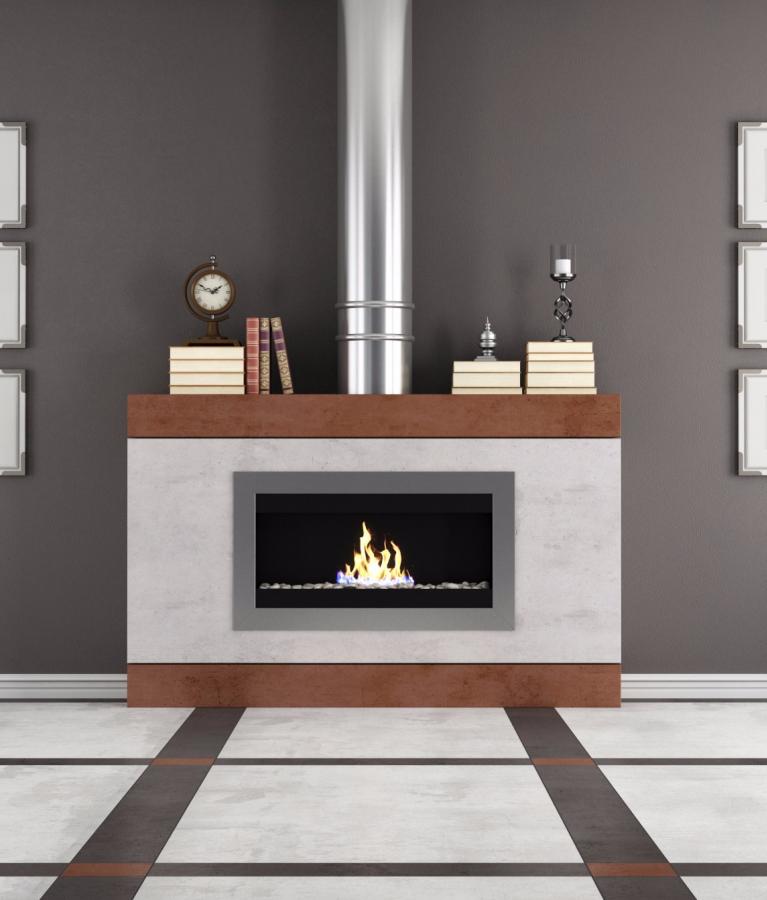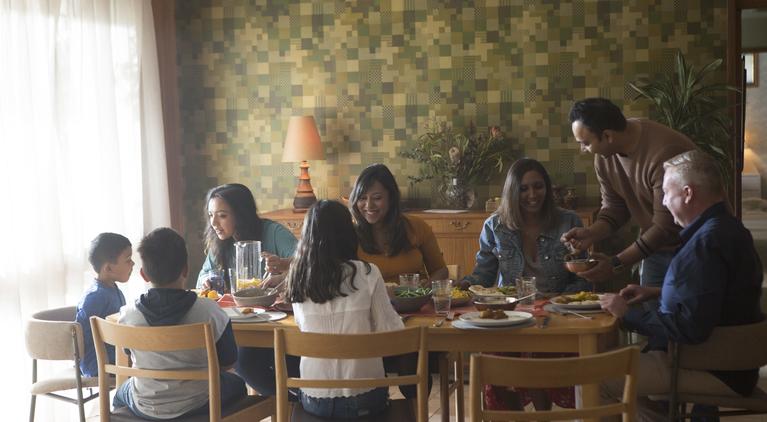When your gas heating appliances appear to be doing what they should - keeping you warm – it’s easy to give them little thought and continue using them year-in, year-out without any maintenance.
But, the condition of your gas heater is more important than you may think. Here’s a look at a hidden household danger and what you can do to prevent it from affecting your family.
While gas heating is a common feature in Australian homes - used for heating, cooking appliances and refrigeration units1 – there is little awareness of the associated risks. Faulty, un-serviced heaters can start to produce carbon monoxide (CO) - an odourless gas which can be fatal, or cause chronic illness that may go undiagnosed.
To avoid this danger, Energy Safe Victoria (ESV) recommends having your gas heater professionally serviced and tested for carbon monoxide spillage at least every two years, regardless of how new the system may be. This includes space heaters, fake log fires, central heating units, wall furnaces and water heaters.
A 2012 report by The Allen Consulting Group estimated that each year, one death and 21.3 injuries are caused by CO poisoning by gas appliances in Australia3.
How carbon monoxide is produced
A very small amount of carbon monoxide is made by the combustion of gas in your heater. However, if it has a faulty installation, is unmaintained or has blocked flues, excess amounts are produced which can spill into surrounding rooms. This is most dangerous in confined spaces where doors and windows are tightly sealed, or in rooms with an exhaust fan which can circulate CO back into the home .
Signs of a fault include soot or yellow/brown straining around or on the appliance, pilot lights that frequently go out, a bitter smell or damage to the flue pipe4. While you should always keep an eye out for these signs, it’s important to regularly have a professional, with the appropriate equipment, test for CO leakage.
The symptoms of carbon monoxide poisoning
Symptoms can start immediately after exposure but tend to be non-specific, making it difficult to diagnose. They include tiredness, shortness of breath, headaches, nausea and vomiting, weakness and sleepiness. Extreme cases can lead to confusion, loss of consciousness or death5.
To help with a diagnosis, let your medical professional know if you feel better when in the fresh air or if other members of the house - including pets - have similar symptoms. Certain people may be more susceptible, including the elderly, children, unborn babies and people with heart disease and anaemia6.
Prevention
With the symptoms hard to recognise and the gas difficult to detect - prevention is the best way to avoid tragedy. Here’s some ways to help prevent CO leakage in your home7:
- Using accredited professionals for installation
- Avoiding using external gas heaters indoors
- Installing a CO alarm in your house
- Learning how to recognise CO poisoning
And, most importantly, have any gas heating systems in your home or rental properties serviced at least every two years by a licenced gas fitter. This way you, your household and any tenants can enjoy this efficient way to heat the home – safely.




